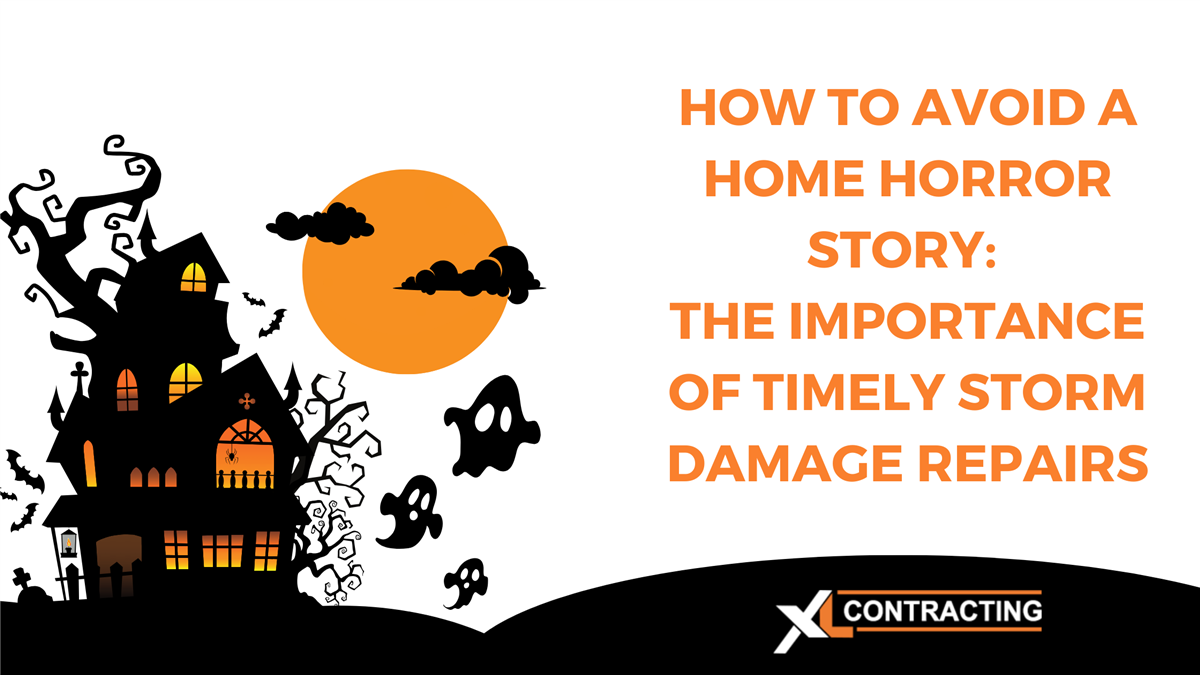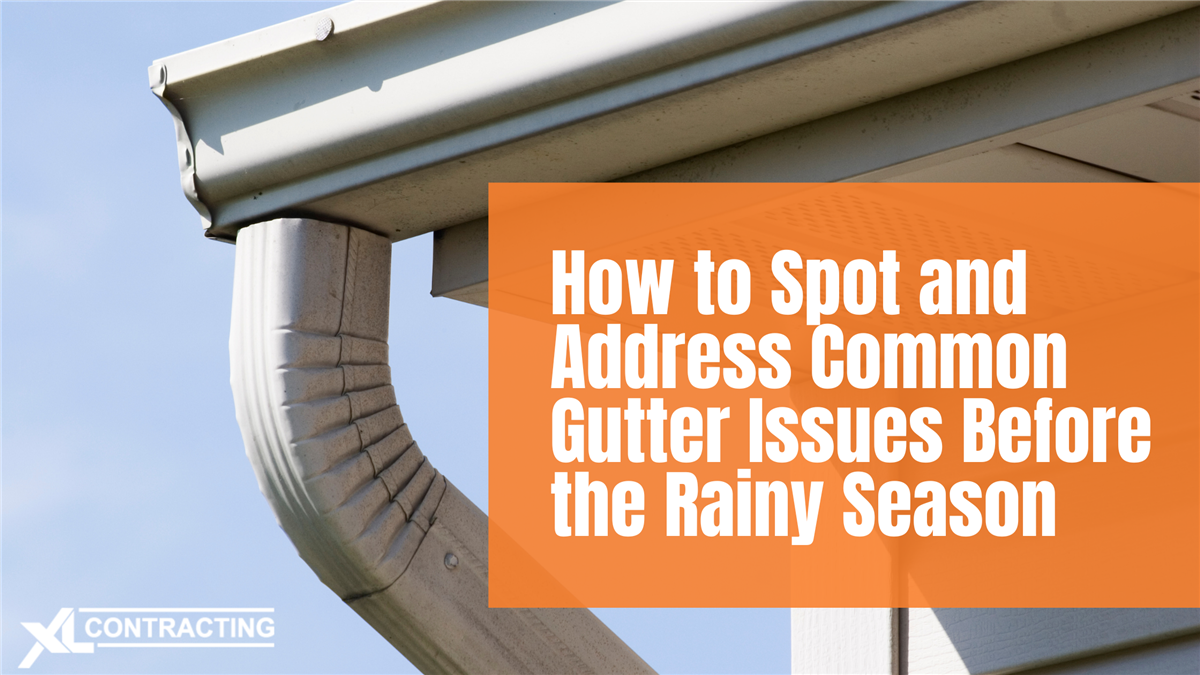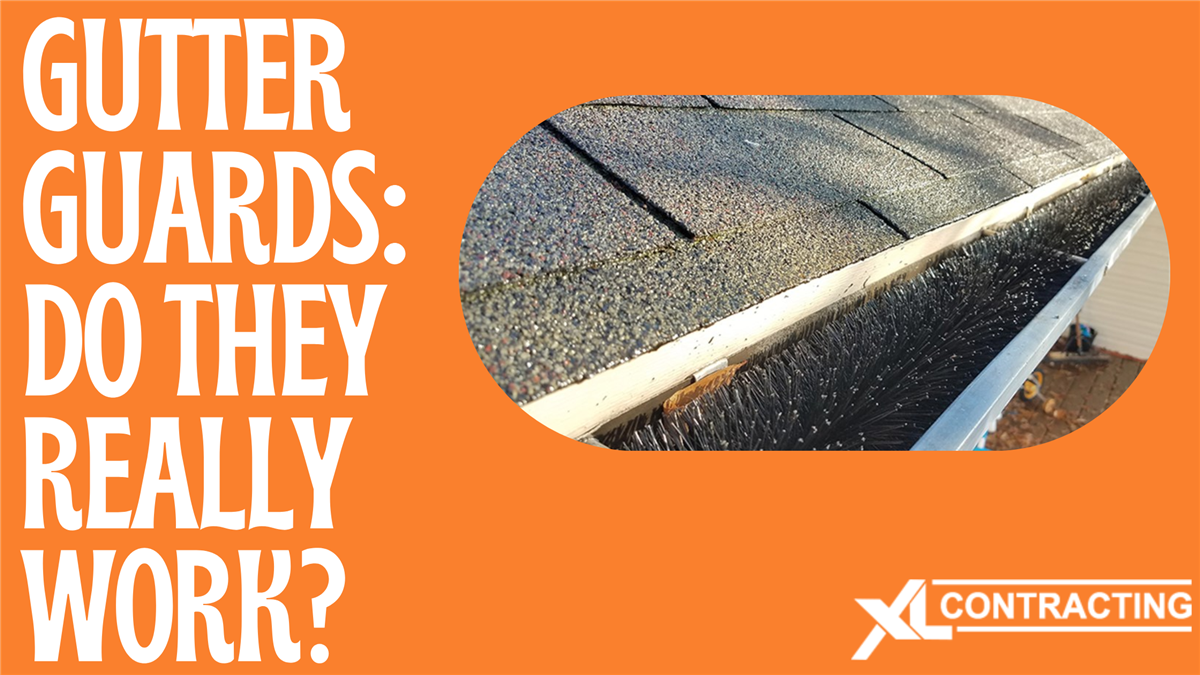
In the aftermath of a severe weather event, navigating the complexities of insurance coverage for storm damage repairs can be daunting for homeowners and businesses. Understanding the ins and outs of your insurance policy is essential to ensure you receive the coverage you need to restore your property to its pre-loss condition. Here's a comprehensive guide to help you navigate the process:
Review Your Policy:
Start by thoroughly reviewing your insurance policy to understand what types of storm damage are covered. Policies may vary in coverage, so it's essential to know the extent of your protection. Pay close attention to coverage limits, deductibles, exclusions, and any additional applicable endorsements.
Document the Damage:
After a storm, document the damage to your property by taking photographs or videos. Be sure to capture the interior and exterior of your home or business and any personal belongings affected. This documentation will serve as crucial evidence when filing your insurance claim.
Contact Your Insurance Company:
Notify your insurance company as soon as possible after the storm to initiate the claims process. Be prepared to provide detailed information about the extent of the damage, including the date and time of the storm, the specific areas of your property affected, and any temporary repairs that have been made.
Schedule an Inspection:
Your insurance company will likely send an adjuster to inspect the damage and assess the cost of repairs. It's a good idea to be present during the inspection to point out any areas of concern and provide additional documentation if needed. Keep track of all communication with your insurance company and document any agreements or promises made.
Understand Your Coverage:
Familiarize yourself with the terms of your insurance policy, including coverage limits, deductibles, and any exclusions that may apply to storm damage. Some policies may cover specific perils such as wind, hail, or lightning, while others may provide broader coverage for all types of storm damage.
Obtain Estimates:
Obtain repair estimates from reputable contractors to your insurance company. Ensure the estimates are detailed and include all necessary repairs to restore your property to its pre-loss condition. Keep copies of all documentation, including invoices, receipts, and correspondence with contractors and insurance adjusters.
File Your Claim:
Once you have gathered all necessary documentation and estimates, file your insurance claim promptly. Follow up with your insurance company regularly to ensure your claim is processed promptly.
Stay Informed:
Keep abreast of any updates or changes to your insurance claim, and be prepared to provide any additional information requested by your insurance company. If you encounter any difficulties or disputes during the claims process, don't hesitate to seek guidance from a qualified attorney or public adjuster.
In conclusion, understanding insurance coverage for storm damage repairs is essential for homeowners and businesses to navigate the claims process successfully. By reviewing your policy, documenting the damage, contacting your insurance company, scheduling an inspection, understanding your coverage, obtaining estimates, filing your claim, and staying informed throughout the process, you can ensure you receive the coverage you need to restore your property and move forward after a storm.
At XL Contracting, we specialize in storm damage solutions. We serve the following cities in Wisconsin and Illinois: Rockford, Madison, Milwaukee, Lake Geneva, Janesville, Roscoe, and Rockton! Contact us today or call us to get started at (844) 507-6551.
Subscribe to XL Contracting's Blog









Comments